Introduction
Shengjianbao, a beloved Shanghai-style pan-fried bun, is renowned for its crispy golden base, soft dough, and juicy meat filling infused with gelatin that melts into a flavorful broth during cooking. For home cooks and food enthusiasts, the question of whether these delicate, uncooked buns can be refrigerated without compromising their texture or taste is a common concern. This article explores the science behind refrigerating raw, wrapped shengjianbao, offering insights into food safety, texture preservation, and practical tips for optimal results. Whether you’re meal-prepping for the week or managing inventory for a small business, understanding the nuances of refrigeration is key to enjoying these buns at their best.
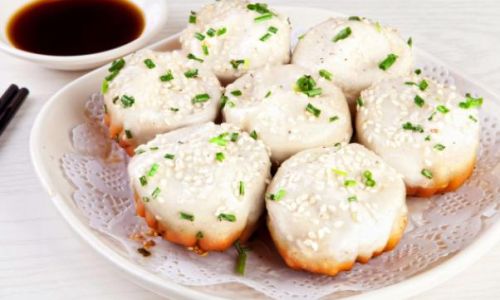
The Anatomy of Shengjianbao
Before diving into storage methods, it’s essential to grasp the components of shengjianbao. The dough, typically made from wheat flour, water, yeast, and sometimes baking powder, forms a light, airy structure when steamed or pan-fried. The filling combines ground pork, gelatin (often from pork skin or chicken feet), aromatics like ginger and green onions, and seasonings. During cooking, the gelatin melts, creating a savory soup within the bun. This unique combination of ingredients makes shengjianbao both delicious and technically challenging to store.
The Science of Refrigeration and Dough
Refrigeration slows bacterial growth by lowering temperatures, but it also affects the chemical and physical properties of dough. Yeast, a living organism, becomes dormant at cold temperatures, halting fermentation. While this prevents over-proofing, it can also lead to changes in dough texture. Starches in the flour undergo retrogradation—a process where water molecules migrate away from starch granules, causing the dough to stiffen. This phenomenon, known as “staling,” can make refrigerated dough feel denser and less pliable.
For shengjianbao, the dough’s softness is critical to achieving the signature contrast between the crispy base and tender top. Refrigeration may alter this balance, but with proper handling, these effects can be minimized.
The Impact of Refrigeration on Fillings
The meat filling’s high moisture content and gelatin introduce additional complexities. Gelatin solidifies when chilled, which could theoretically help the filling hold its shape. However, prolonged refrigeration may cause moisture loss, leading to a drier, less succulent filling after cooking. Additionally, raw meat is perishable, and improper storage can pose food safety risks.
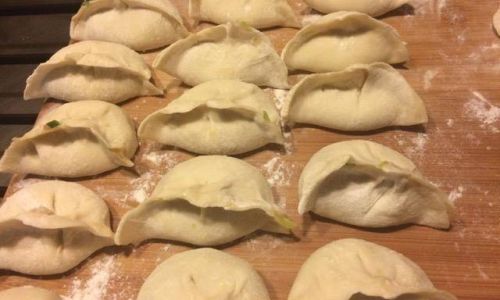
Key Factors Influencing Refrigeration Success
- Temperature Control: Maintaining a consistent refrigerator temperature between 34–40°F (1–4°C) is crucial. Fluctuations can accelerate staling and bacterial growth.
- Storage Containers: Airtight, moisture-resistant containers prevent the dough from drying out and absorb excess moisture from the filling.
- Layering and Spacing: Placing buns in a single layer with parchment paper between them prevents sticking and allows even chilling.
- Storage Duration: The longer the buns are refrigerated, the more pronounced texture changes become.
Step-by-Step Guide to Refrigerating Shengjianbao
- Preparation: After wrapping the buns, ensure they are sealed tightly to prevent air exposure.
- Container Selection: Use a shallow, airtight container lined with parchment paper. Avoid overcrowding to maintain airflow.
- Initial Chilling: Place the container in the coldest part of the refrigerator (usually the back) for 1–2 hours. This firms up the dough slightly, reducing deformation during prolonged storage.
- Long-Term Storage: Transfer the buns to a resealable plastic bag, squeezing out excess air before sealing. Label with the date to track freshness.
Ideal Refrigeration Timeframe
Raw shengjianbao can be safely refrigerated for 1–2 days. Beyond this, the dough may become unworkably stiff, and the filling’s texture may degrade. For longer storage, freezing is recommended (see section on freezing).
Common Pitfalls and How to Avoid Them
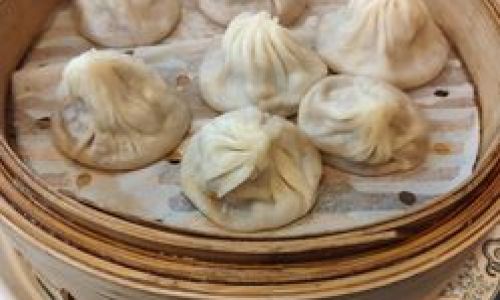
- Soggy Bottoms: Condensation inside the container can soften the bun’s base. To mitigate this, place a kitchen towel beneath the container to absorb excess moisture.
- Tough Dough: Over-kneading after refrigeration can exacerbate staling. Let the dough rest at room temperature for 15–30 minutes before cooking to relax the gluten.
- Uneven Cooking: Cold buns may require adjusted cooking times. Add 1–2 minutes to the steaming or pan-frying process to ensure thorough heating.
Reheating Refrigerated Shengjianbao
- Pan-Frying: Heat a non-stick pan with a thin layer of oil. Place the buns in the pan, flat-side down, and cook over medium heat for 4–5 minutes until the base is golden. Add 2–3 tablespoons of water, cover, and steam for an additional 5 minutes.
- Steaming: Steam over boiling water for 8–10 minutes. This method preserves moisture but may not achieve the same crispiness as pan-frying.
- Oven Method: Preheat to 375°F (190°C). Bake for 10–12 minutes, flipping halfway through for even browning.
Freezing as an Alternative
For storage beyond 48 hours, freezing is preferable. Wrap buns individually in plastic wrap, then place them in a freezer-safe bag. Freeze for up to 3 months. To cook, thaw in the refrigerator overnight and follow the reheating instructions above.
Commercial vs. Home Storage: Differences and Considerations
Restaurants and food manufacturers often use specialized equipment, like blast chillers, to rapidly cool dough products, minimizing texture damage. Home cooks lack such tools but can mimic results by:
- Using shallow containers for faster cooling.
- Avoiding overloading the refrigerator, which impedes airflow.
- Testing small batches first to gauge refrigeration’s impact on their recipe.
Cultural and Culinary Perspectives
Traditionally, shengjianbao were made fresh daily, reflecting a cultural emphasis on immediacy and texture. However, modern lifestyles demand convenience, making refrigeration a practical compromise. Chefs and home cooks alike now experiment with refrigeration techniques, balancing tradition with practicality.

Expert Tips for Refrigeration Success
- Adjust Dough Hydration: Slightly increase the water content (by 5–10%) to counteract staling.
- Use a Tangzhong Starter: A roux-based starter enhances dough moisture retention, improving refrigerated texture.
- Add Fat: Brushing the dough with a thin layer of oil before wrapping creates a barrier against moisture loss.
- Avoid Salt in the Dough: Salt tightens gluten, accelerating staling. Add salt to the filling instead.
Troubleshooting Refrigerated Shengjianbao Issues
- Dry Filling: Brush the buns with a mixture of soy sauce and sesame oil before cooking to add moisture.
- Shrunken Buns: Ensure the dough is proofed adequately before refrigeration. Under-proofed dough is more prone to shrinkage.
- Tough Skin: Steam the buns briefly before pan-frying to soften the dough.
The Role of Gelatin in Refrigerated Fillings
The gelatin in shengjianbao fillings acts as a natural preservative, stabilizing the meat emulsion. However, refrigeration can cause gelatin to set too firmly, resulting in a gummy texture. To counter this, some bakers reduce gelatin slightly or add a touch of vinegar to the filling, which lowers the pH and prevents excessive solidification.
Food Safety Considerations
Raw meat fillings pose a risk of bacterial contamination if mishandled. Always:

- Refrigerate buns within 2 hours of wrapping.
- Discard any buns showing signs of spoilage (off odors, sliminess).
- Use a meat thermometer to ensure the internal temperature reaches 165°F (74°C) during cooking.
Conclusion
Refrigerating raw, wrapped shengjianbao is feasible with careful attention to storage techniques and timing. While refrigeration introduces subtle texture changes, these can be mitigated through adjustments in dough hydration, container selection, and cooking methods. For optimal results, limit refrigeration to 48 hours and prioritize freezing for longer-term storage. By understanding the interplay between ingredients, temperature, and time, both home cooks and professionals can enjoy the convenience of refrigerated shengjianbao without sacrificing their iconic taste and texture. Whether served fresh from the pan or revived from the fridge, these buns remain a testament to the art of balancing tradition with modern practicality.
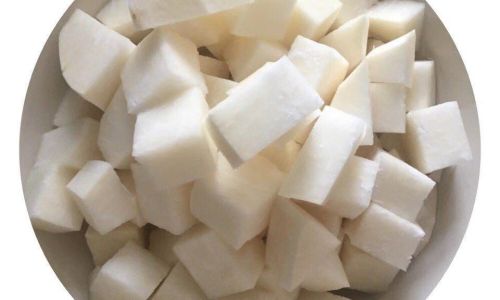
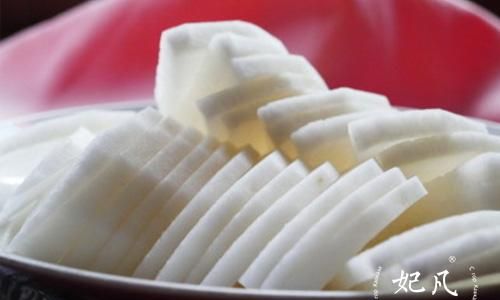
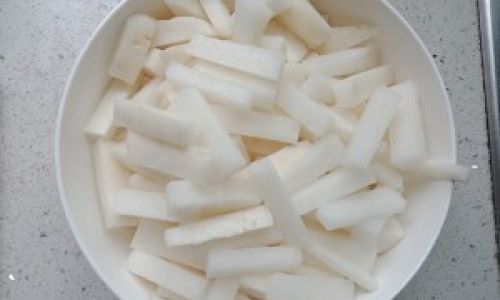
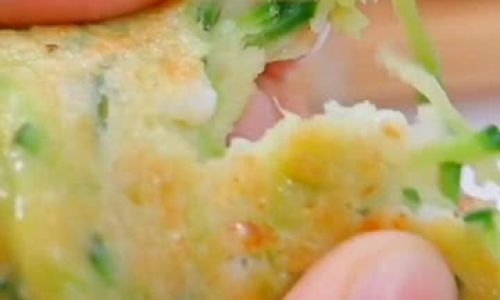
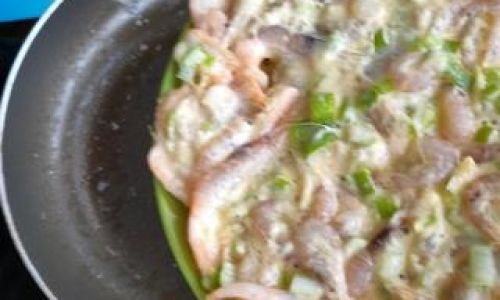

0 comments